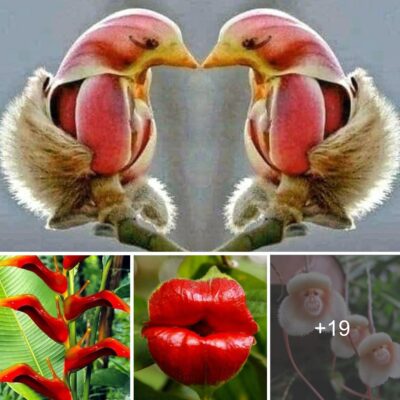Panulirus ornatus (known by a number of common names, including tropical rock lobster, ornate rock lobster, ornate spiny lobster and ornate tropical rock lobster[ is a large edible spiny lobster with 11 larval stages that has been successfully bred in captivity.
Panulirus ornatus has a wide geographical range in the Indo-Pacific, from the Red Sea and KwaZulu-Natal in the west to Japan and Fiji in the east.These lobsters can be found at shallow depths, typically no deeper than 50 m.[citation needed] In most parts of its range, the lobster is netted or speared, while in Northeast Australia, a commercial fishery has existed since 1966 and the harvesting of the species is regulated by the Great Barrier Reef Marine Park Authority.] The species now also occurs in the Mediterranean, having invaded as a Lessepsian migrant through the Suez Canal.

The P. ornatus diet consists of a variety of invertebrates, from bivalves to gastropods and even other small crustaceans. These lobsters depend on carotenoids for energy as well as other functional benefits, including reproductive success, post-larval development, antioxidants, and even stress resistance. Many of these lobster species rely on crustacean feeds upon breeding in an aquaculture facility. Within these feeds, one of the most components is carotenoids, specifically astaxanthin. Many feeds also rely on nutrients from blue and green-lipped mussels, but experiments have shown that the carotenoid level offered from these feeds alone is not sufficient for the lobsters’ development.

Panulirus ornatus migrates annually from the Torres Strait to Yule Island in the Gulf of Papua in order to breed. Migration begins in mid to late August, during which ovary development, mating, and initial oviposition occur. Larval release occurs when the Panulirus ornatus population ends migration and arrives on the reefs of the eastern seaboard of the Gulf of Papua.

The breeding season for Panulirus ornatus stretches from November to March or April. After migration to the Gulf of Papua, the sexes segregate by water depth. Males enter shallower water and females enter deeper water until the eggs have hatched. Female Panulirus ornatus produce up to three broods with a reduction in size of each subsequent brood.

Most breeding adults are three years old. Mating males tend to be larger than females, with carapace lengths ranging from 100–150 mm, and that of females ranging from 90–120 mm. After breeding, there is high mortality in breeding adults.

There is no return migration of breeding adults. Reproductive migration across the Gulf of Papua occurs in order to disperse larvae in oceanic currents that favor their distribution near the Torres Strait. Dispersed throughout the eastern coast of Australia, Panulirus ornatus larvae must migrate as juveniles to the adult habitat in the northern Torres Strait. From there, they remain in specific reef complex for 1–2 years until they are of breeding age and undertake the annual mass migration to breed.

I appreciate you taking the time to read this post from Ideassimple. I hope you learn a lot about nature. Please leave a comment or share our article if you think it insightful and interesting. Thank you very much!











